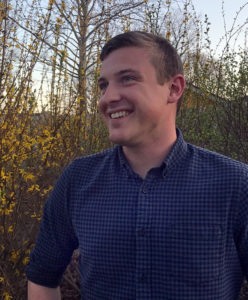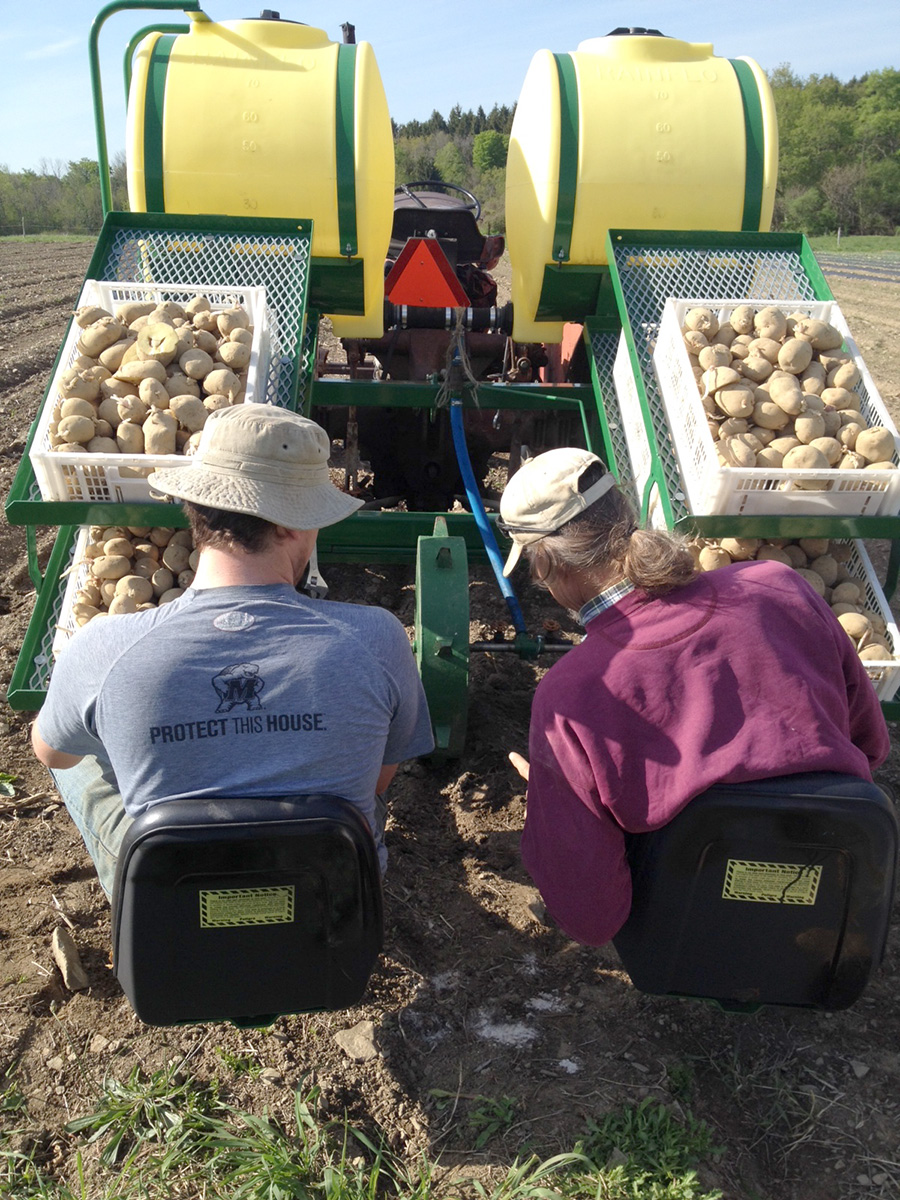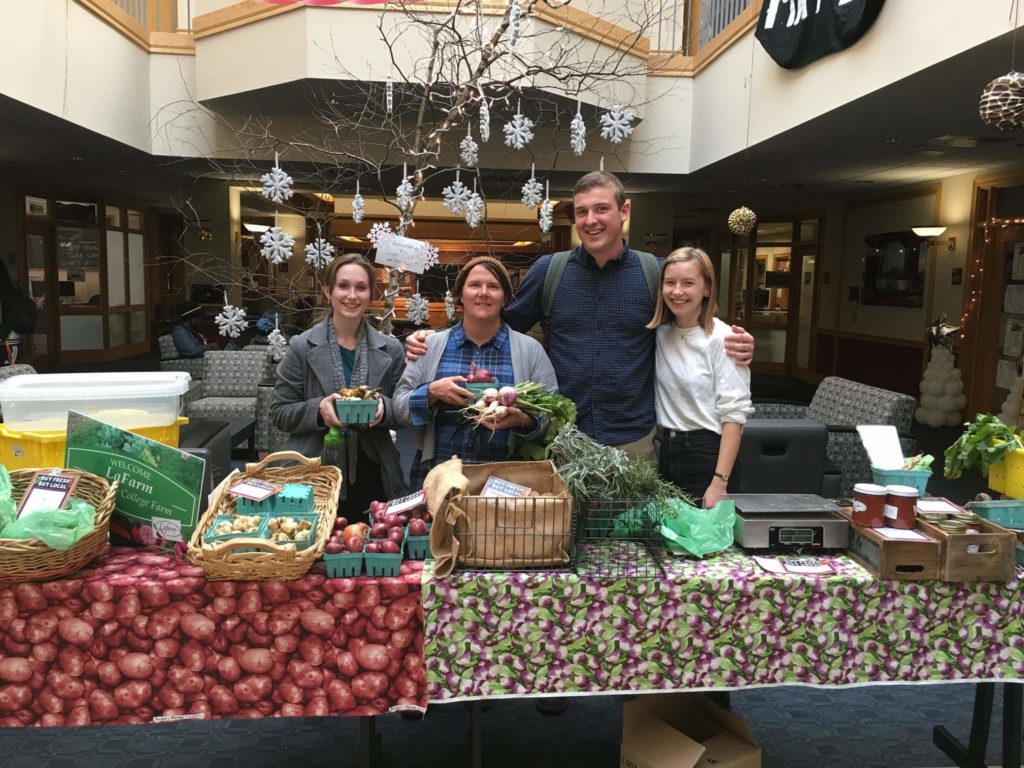From Farming to Fellowship: Purchasing as a Path to Progress
- by Peter Todaro
Editor’s Note: Fellow Amanda Wareham has moved on, to nursing school. Please welcome Peter Todaro, Bon Appétit’s newest Fellow, who will be based in Minneapolis, MN.
 I was raised in an area of eastern Pennsylvania undergoing a profound transformation. Throughout my childhood, thousands of acres in our little valley were being converted from prime farmland into strip malls, residential neighborhoods, and massive warehouses at an alarming rate. It was a classic case of property values rising, developers and corporations moving in, and farmers finding it hard to resist the urge to sell their land when they were just barely scraping by.
I was raised in an area of eastern Pennsylvania undergoing a profound transformation. Throughout my childhood, thousands of acres in our little valley were being converted from prime farmland into strip malls, residential neighborhoods, and massive warehouses at an alarming rate. It was a classic case of property values rising, developers and corporations moving in, and farmers finding it hard to resist the urge to sell their land when they were just barely scraping by.
At the time, I was blissfully unaware of these issues, not knowing that in just a few years, redeveloping the area’s local food system would become my driving passion. When I was a kid, the extent of my everyday encounters with local food were limited to the line of lovingly tended raspberry bushes in our backyard, where in the height of the summer, I’d stop to unceremoniously stuff plump berries into my mouth before scrambling off again.
Falling in love with sustainable agriculture
My environmental awakening occurred during my senior year of high school, when I took an Environmental Science class. As the year progressed, I grew increasingly concerned about the state of our world and the political culture that allowed for such destruction. After graduating, feeling inspired and rebellious, I interned for the summer at Alambria Springs Farm, a biodynamic farm and artisanal bakery owned and operated by my aunt and uncle in upstate New York. It was here — enduring the raw exhaustion of farm labor, and simultaneously in awe of the beauty of the land — that I fell in love with sustainable agriculture.
If it sounds like a religious experience, it might as well have been one. The place literally buzzed with life, biological activity abounding alongside an intensely productive farm, which provided on average 6,000 pounds of fruits and vegetables weekly to CSA members, farmers’ market customers, and restaurants. I quickly learned that the harvest can be redemptive and that human activity can be a healing force.
By the time I enrolled at Lafayette College — a stone’s throw from where I grew up — I had a serious case of the farming bug. I started working under Head Farmer Sarah Edmonds at Lafayette’s college farm (LaFarm, as it’s affectionately known), our efforts made all the more important by Bon Appétit’s policy of sourcing produce directly from LaFarm. Halfway through my sophomore year, I was back at Alambria, this time taking a semester away from school to experience five full months of work. This longer stint of farming, combined with many an evening spent reading the work of Wendell Berry, inspired a fundamental shift in the way I approached sustainability. I found myself focusing on the importance of place — on what was tangible and immediate, such as the health of the ducklings I was raising, the customers with whom I interacted at farmers’ markets, that I could impact directly.
The power of place (and of purchasing)
As I transitioned back into life at Lafayette, I committed myself to contributing positively to the local food system in as many ways as I could. I never strayed far from LaFarm, but also began to broaden my interests beyond the practice of sustainable agriculture and into campus sustainability and local food system development. An internship with the Easton Farmers’ Market (EFM) introduced me to what would become my second family, a tight-knit community oriented around its local farmers and producers. I was lucky enough to take part in the planning, launch, and operation of the Easton Public Market Farmstand, a project of EFM’s parent organization. Our mission was twofold: source from our local farmers while providing a full array of produce and other pantry items to a city with multiple areas defined by the USDA as “low income and low food access.”
My entrepreneurial drive was ignited. Between homework and club meetings, I’d pore over wholesale availability lists. I eventually authored a report analyzing the Farmstand as the potential site for a food hub. As our team traveled to area farms, hoping to source their products, my brain whirred with a stunning revelation. The marketplace, which I had long blamed for abetting industrial agriculture’s excesses, could be leveraged for good. Less than a year after the Farmstand launched, 52 percent of the diverse array of produce and goods we offered were sourced locally, generally from within 30 miles, and another 22 percent of products were sourced regionally. My deep dive into the business behind local food convinced me of the power of purchasing to support local farmers, preserve farmland, and provide fresh produce to the community.
When I first heard of Bon Appétit’s open Fellow position, I was astonished by how perfectly it combined so many of my passions; it felt like a natural extension of the work I had engaged in over my college career, particularly my work with the Farmstand. I’m honored to be joining a team with values that so closely match my own, and am looking forward to aiding in Bon Appétit’s drive for a more just and sustainable food system.

